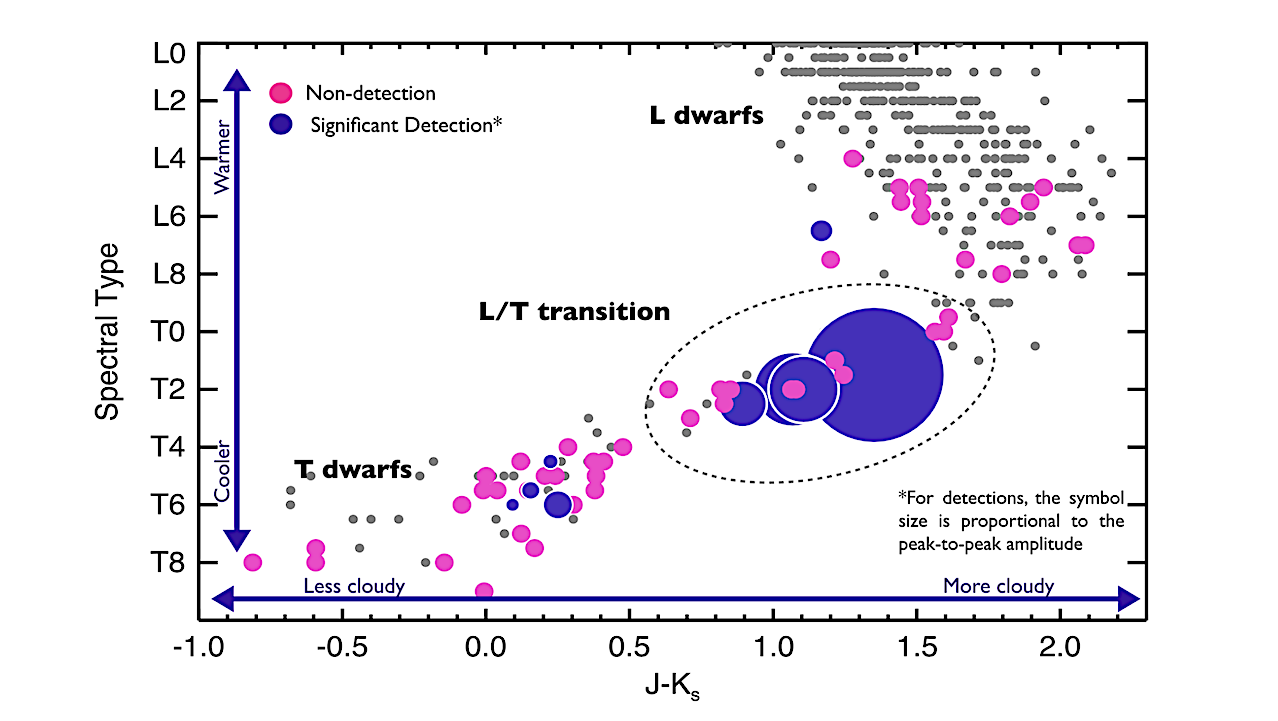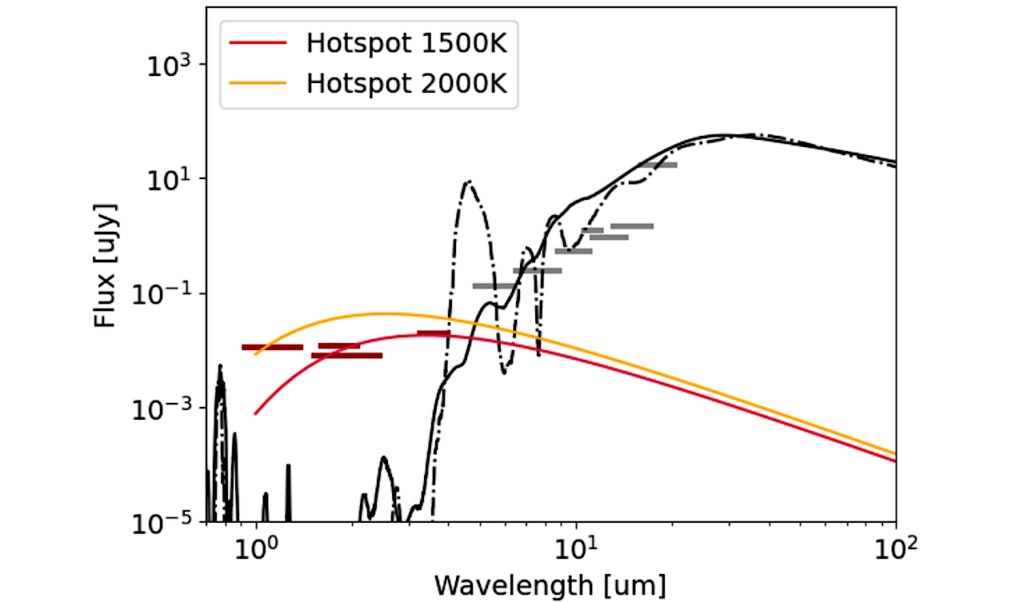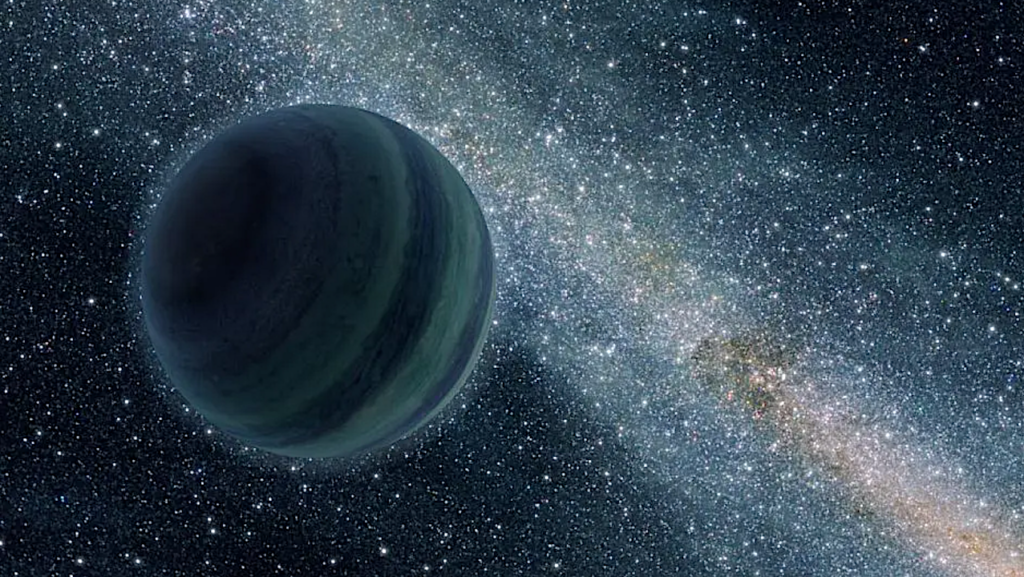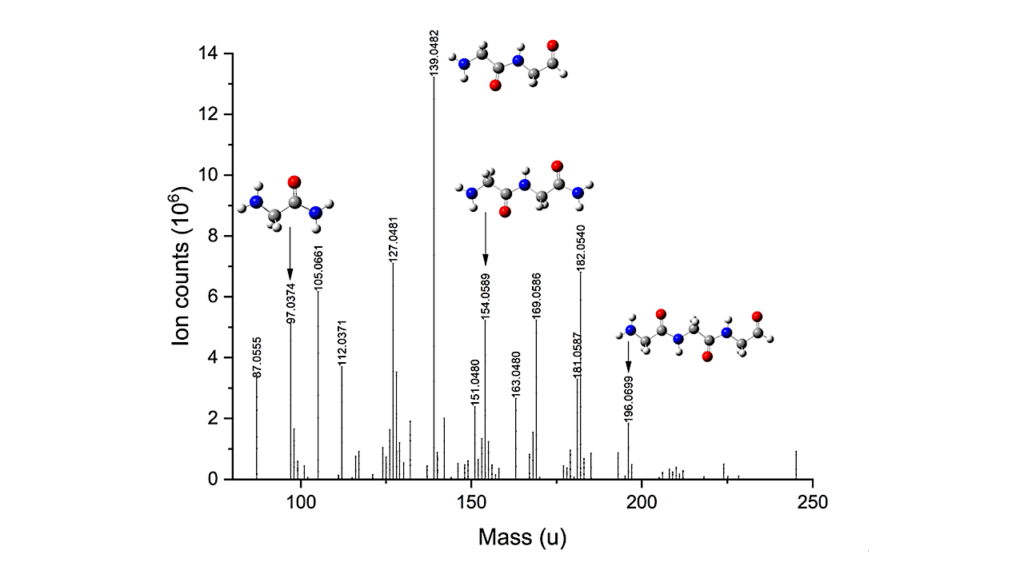Prioritizing High-Precision Photometric Monitoring of Exoplanet and Brown Dwarf Companions with JWST — Strategic Exoplanet Initiatives with HST and JWST White Paper

We advocate for the prioritization of high-precision photometric monitoring of exoplanet and brown dwarf companions to detect brightness variability arising from features in their atmospheres. Measurements of photometric variability provide not only an insight into the physical appearances of these companions, but are also a direct probe of their atmospheric structures and dynamics, and yield valuable estimates of their rotation periods.
JWST is uniquely capable of monitoring faint exoplanet companions over their full rotation periods, thanks to its inherent stability and powerful high-contrast coronagraphic imaging modes. Rotation period measurements can be further combined with measurements of v sin i obtained using high-resolution spectroscopy to infer the viewing angle of a companion.
Photometric monitoring over multiple rotation periods and at multiple epochs will allow both short- and long-term time evolution in variability signals to be traced. Furthermore, the differences between the layers in a companion’s atmosphere can be probed by obtaining simultaneous photometric monitoring at different wavelengths through NIRCam dual-band coronagraphy.
Overall, JWST will reach the highest sensitivities to variability to date and enable the light curves of substellar companions to be characterised with unprecedented cadence and precision at the sub-percent level.

Variability light curves for different classes of brown dwarf observed with Spitzer.Many objects vary at the ≥ 1% level. – astro-ph.SR

Different wavelengths probe different layers of an exoplanet’s atmosphere. Hence, simultaneous monitoring in different bands can provide valuable information about their 3D structure. – astro-ph.SR
Ben J. Sutlieff, Xueqing Chen, Pengyu Liu, Emma E. Bubb, Stanimir A. Metchev, Brendan P. Bowler, Johanna M. Vos, Raquel A. Martinez, Genaro Suárez, Yifan Zhou, Samuel M. Factor, Zhoujian Zhang, Emily L. Rickman, Arthur D. Adams, Elena Manjavacas, Julien H. Girard, Bokyoung Kim, Trent J. Dupuy
Comments: 4 pages, 2 figures, white paper submitted in response to the call by the Working Group on Strategic Exoplanet Initiatives with HST and JWST (details at this https URL & final report at arXiv:2404.02932), adapted to include author list and affiliations
Subjects: Instrumentation and Methods for Astrophysics (astro-ph.IM); Earth and Planetary Astrophysics (astro-ph.EP); Solar and Stellar Astrophysics (astro-ph.SR)
Cite as: arXiv:2405.01605 [astro-ph.IM] (or arXiv:2405.01605v1 [astro-ph.IM] for this version)
Submission history
From: Ben Sutlieff
[v1] Wed, 1 May 2024 23:58:26 UTC (569 KB)
https://arxiv.org/abs/2405.01605
Astrobiology,








